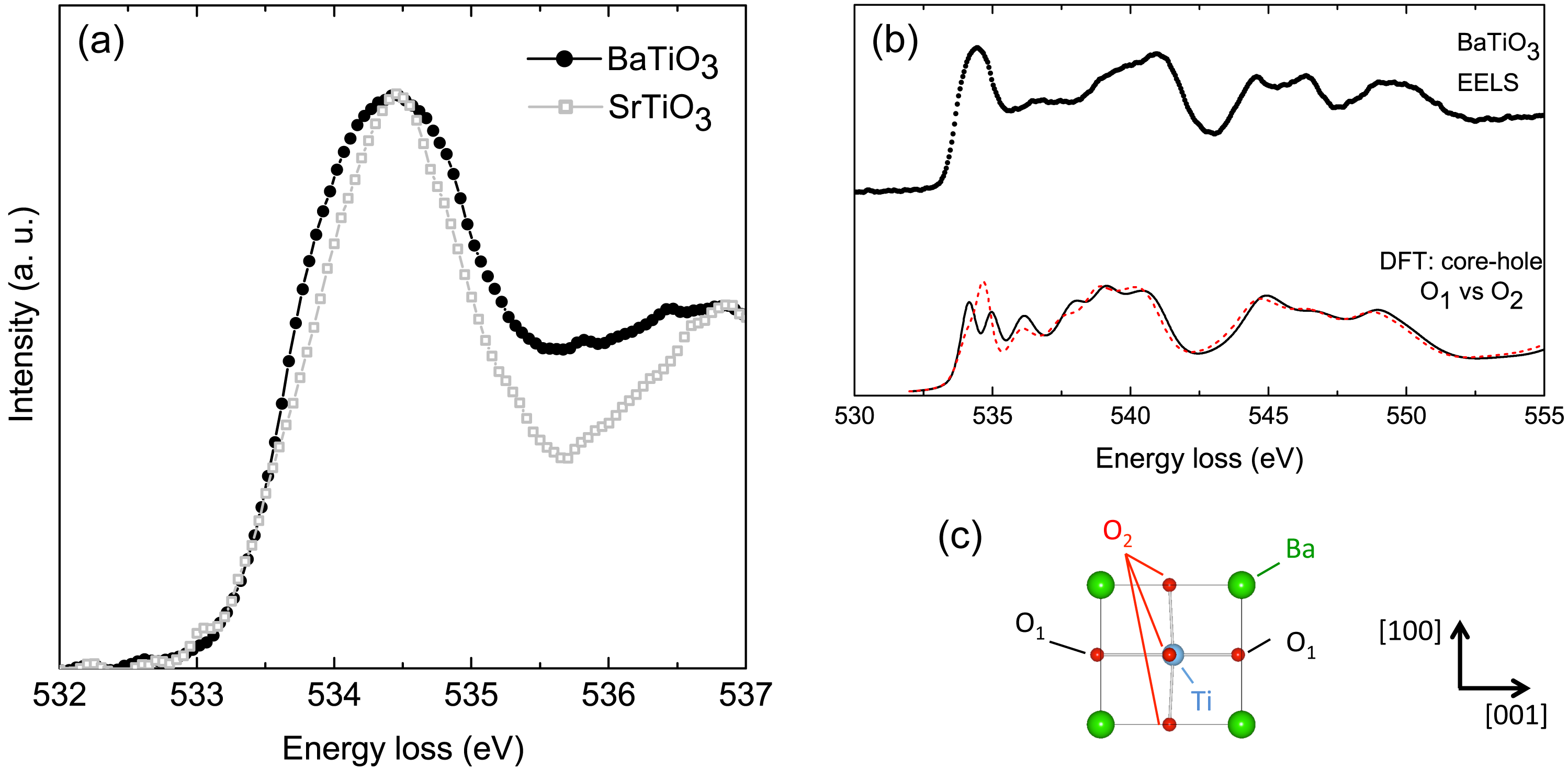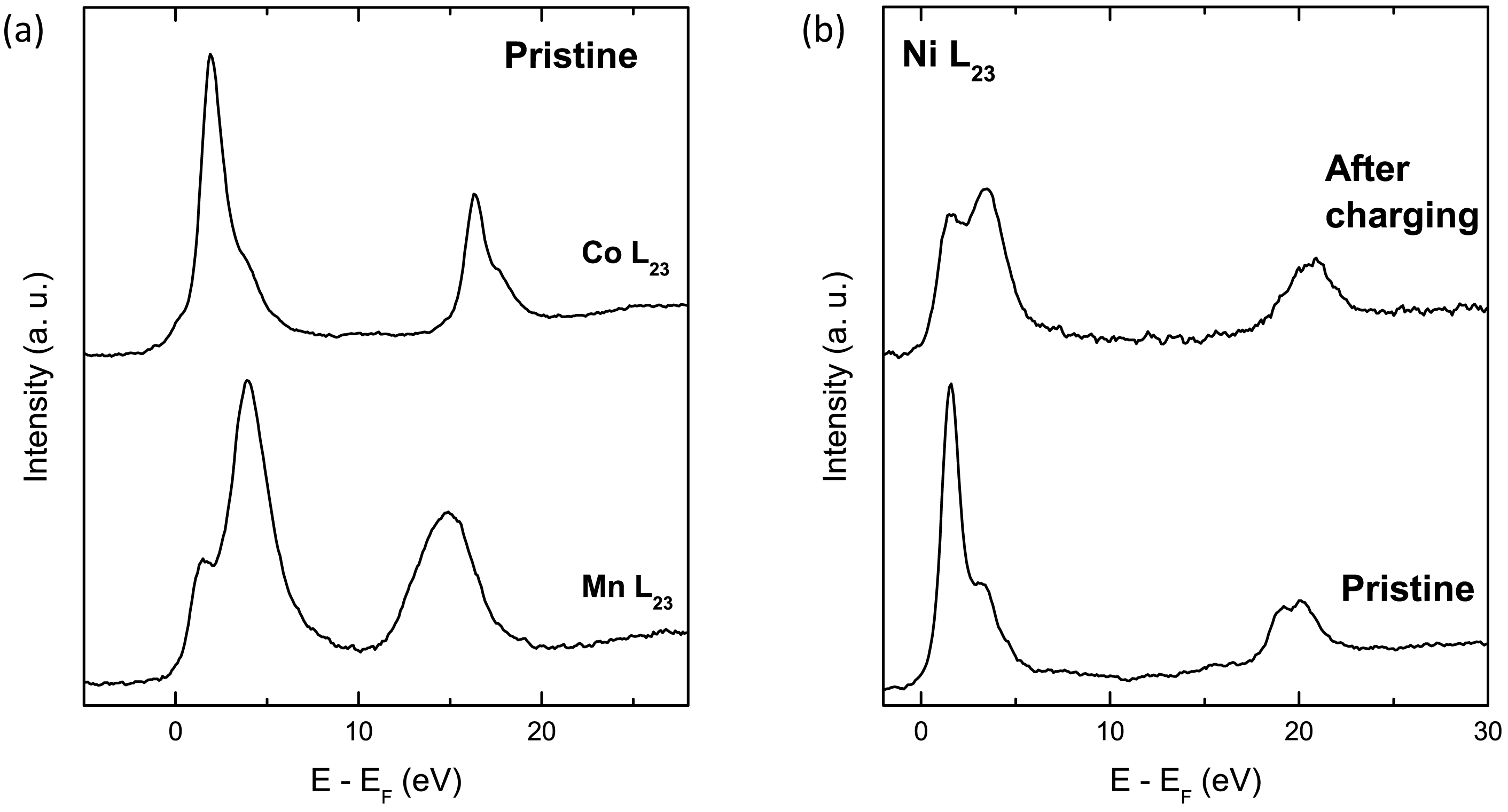IT-5-O-2673 Probing the electronic structure of functional oxides with high energy resolution EELS
The development of monochromators in the transmission electron microscope (TEM) has allowed improvements in energy resolution comparable to what is currently achieved in x-ray absorption spectroscopy. High-resolution electron energy loss spectroscopy (HREELS) in the TEM provides an invaluable tool to probe subtle changes in the electronic structure of materials at the nanoscale. Selected examples highlighting how HREELS has provided insight into the electronic properties of functional oxides will be persented. The perovskite BaTiO3 is of particular interest because of its intrinsic ferroelectricity at room temperature, and its applications as a piezoelectric material and in capacitors. The ferroelectricity of BaTiO3 at room temperature arises from the off-center position of the Ti atoms in the tetragonal lattice. From a fundamental point of view, the understanding of this structural characteristic, based on the investigation of BaTiO3 complex electronic structure, is essential [1]. In the present study [2], the O 1s excitation is probed by HREELS, and the interpretation of the spectral features is performed with ab initio calculations. The effect of the core-hole potential is investigated, and the correlation between its effect and the geometry of the excited atomic site, i.e. the relative position of the two nearest Ti atoms with respect to the excited O atom, is shown (Figure 1). The link between the core-hole effect and the off-center position of the Ti atom appears as a broadening in the near edge structures, which is resolved with monochromated EELS. This broadening effect is highlighted by probing the O 1s excitation during the phase transitions between the low and high temperature phases of BaTiO3. The effects of continuous light illumination on the structural and electronic modifications of TiO2, a prospective material used for photocatalysis and water splitting, will also be shown. By using a recently-built in situ laser-illumination setup in the TEM [3], we explore the exposure of titania to intense light irradiation. The electronic structure modifications are probed by HREELS and are interpreted in terms of local reversible changes in the material. Finally, HREELS was used to probe the valence changes upon cycling of Li(Mn,Co,Ni)O2 battery cathode materials. Using scanning transmission electron microscopy combined with HREELS, it is shown that valence maps provide exquisite spectroscopic information on local changes from the charge and discharge process in battery materials.
[1] B. Zalar et al. Physical Review B 71, 064107 (2005)
[2] M. Bugnet et al. Physical Review B 88, 201107(R) (2013)
[3] D. Rossouw et al. Physical Review B 87, 125403 (2013)
The Authors are grateful to NSERC for financial support. The experiments were carried out at the Canadian Centre for Electron Microscopy, a national facility supported by NSERC and McMaster University.

